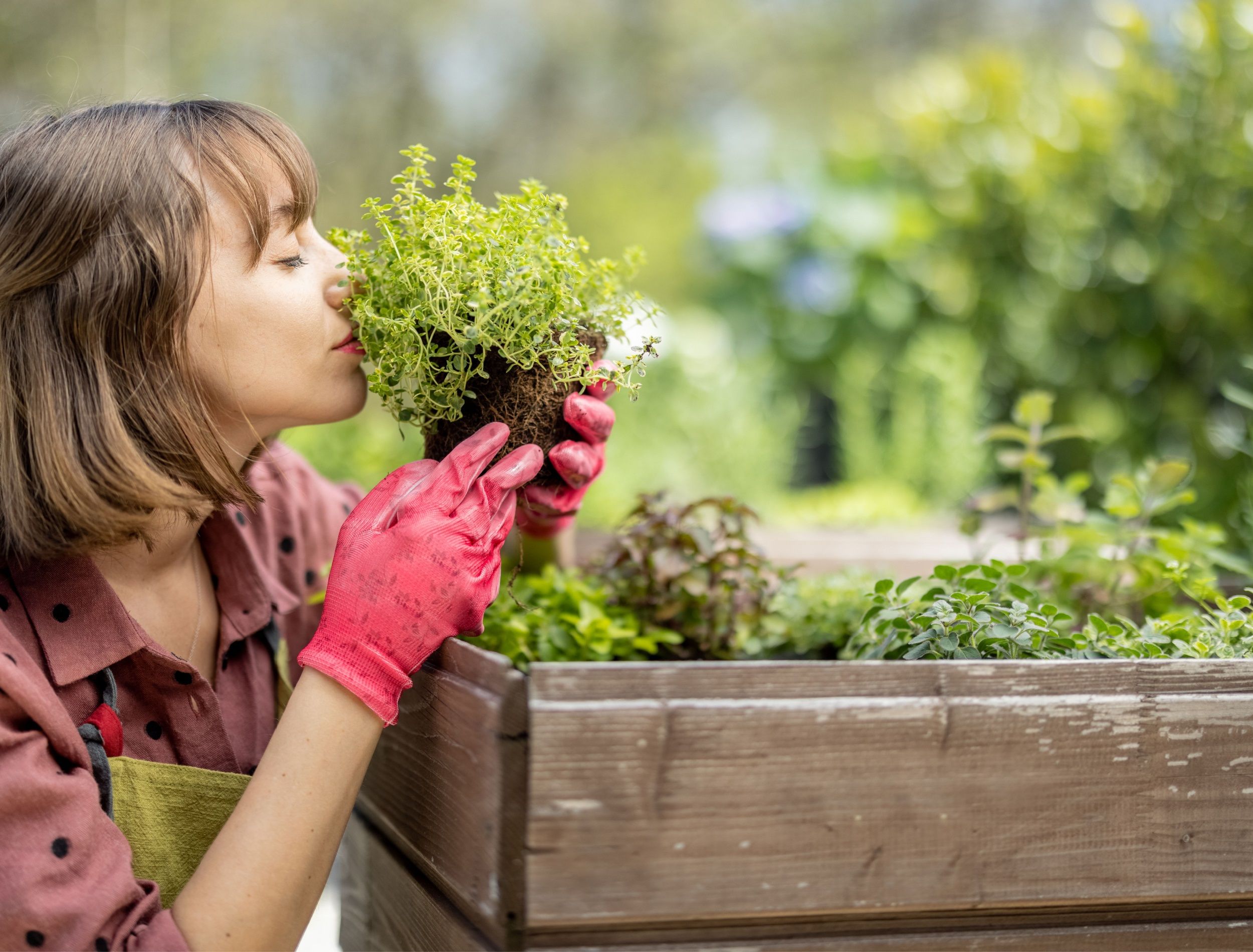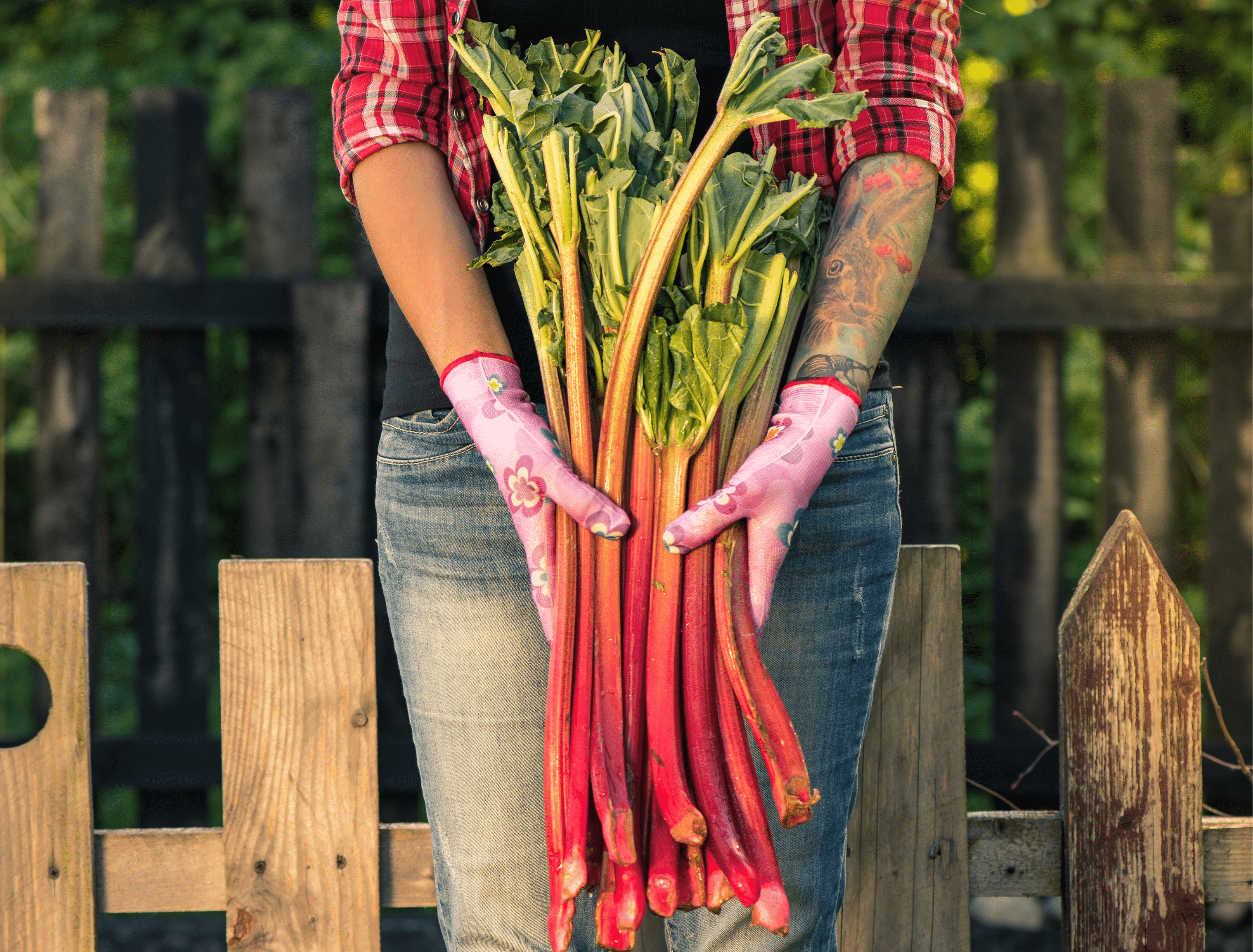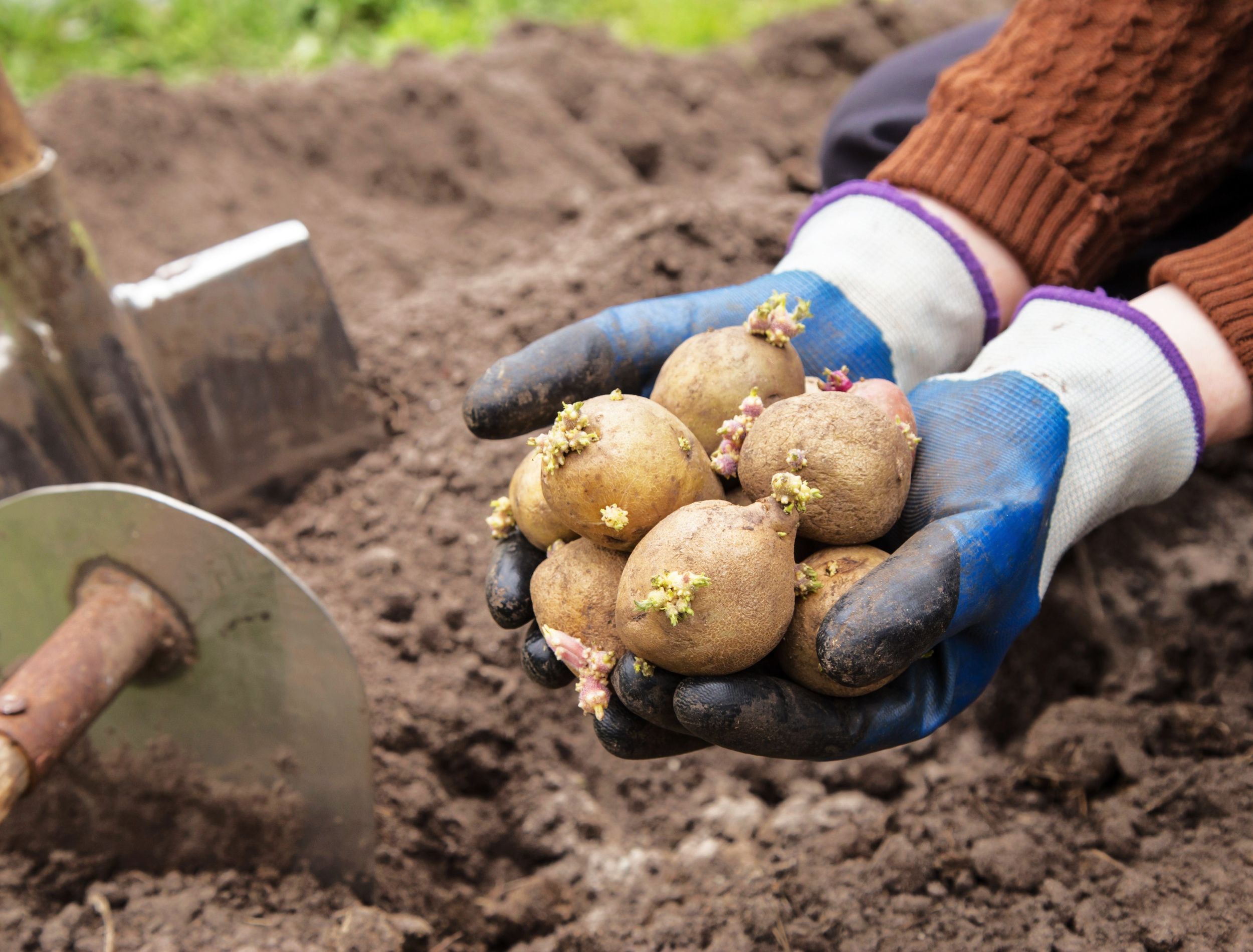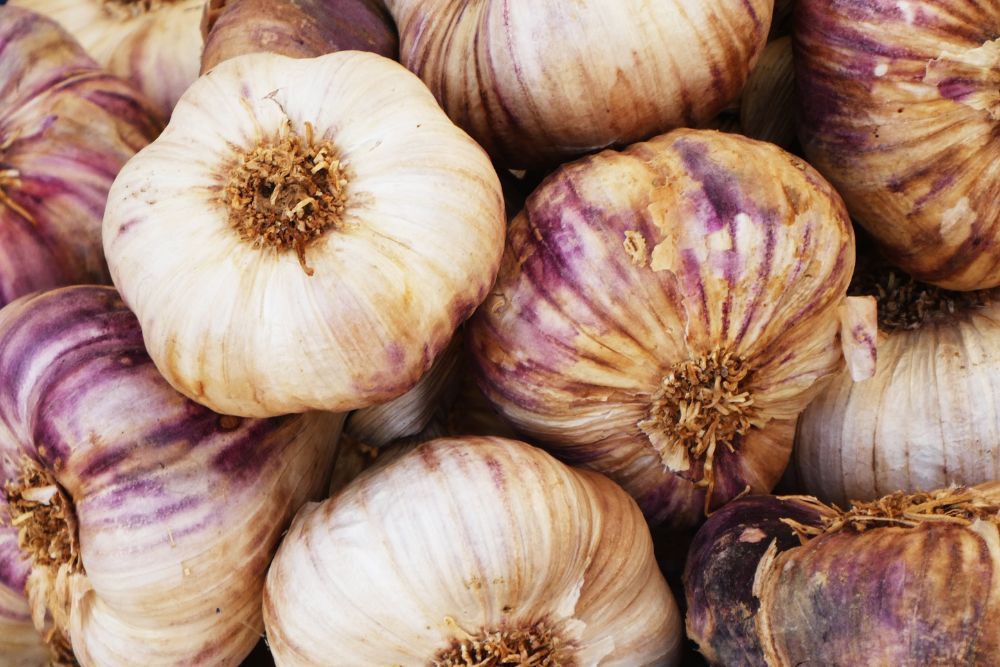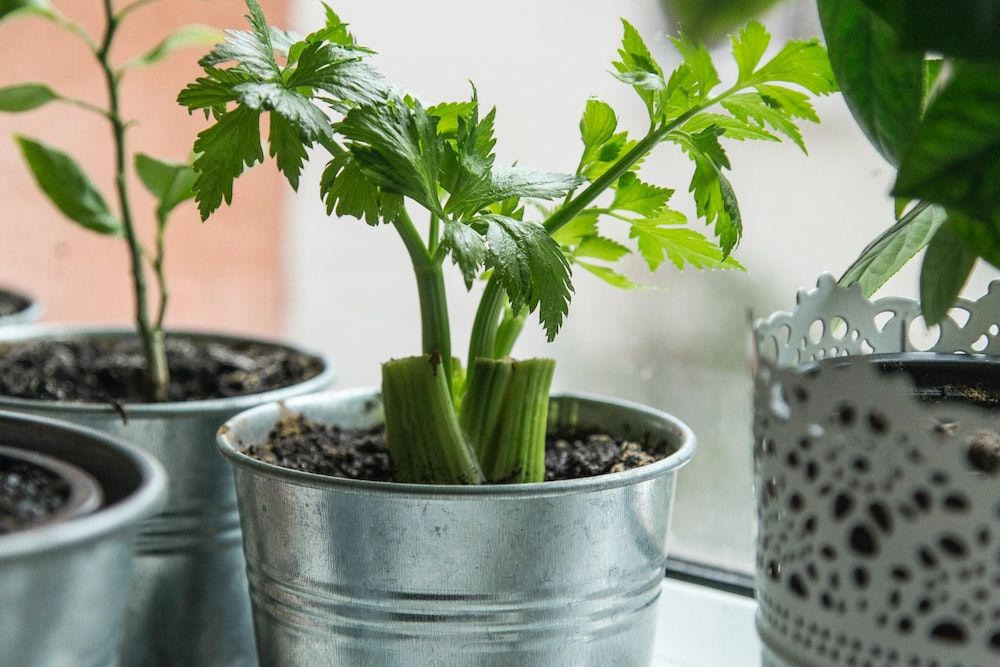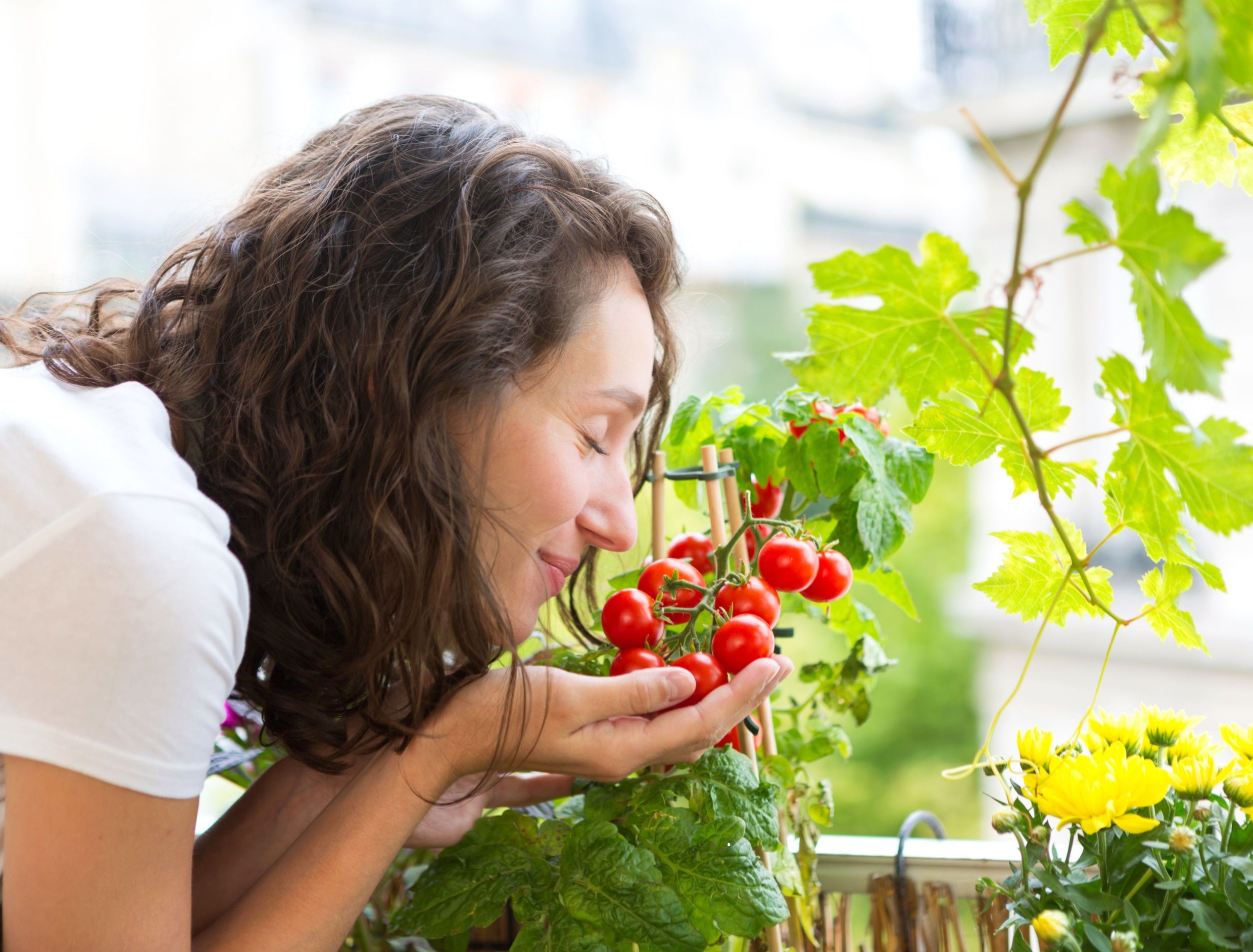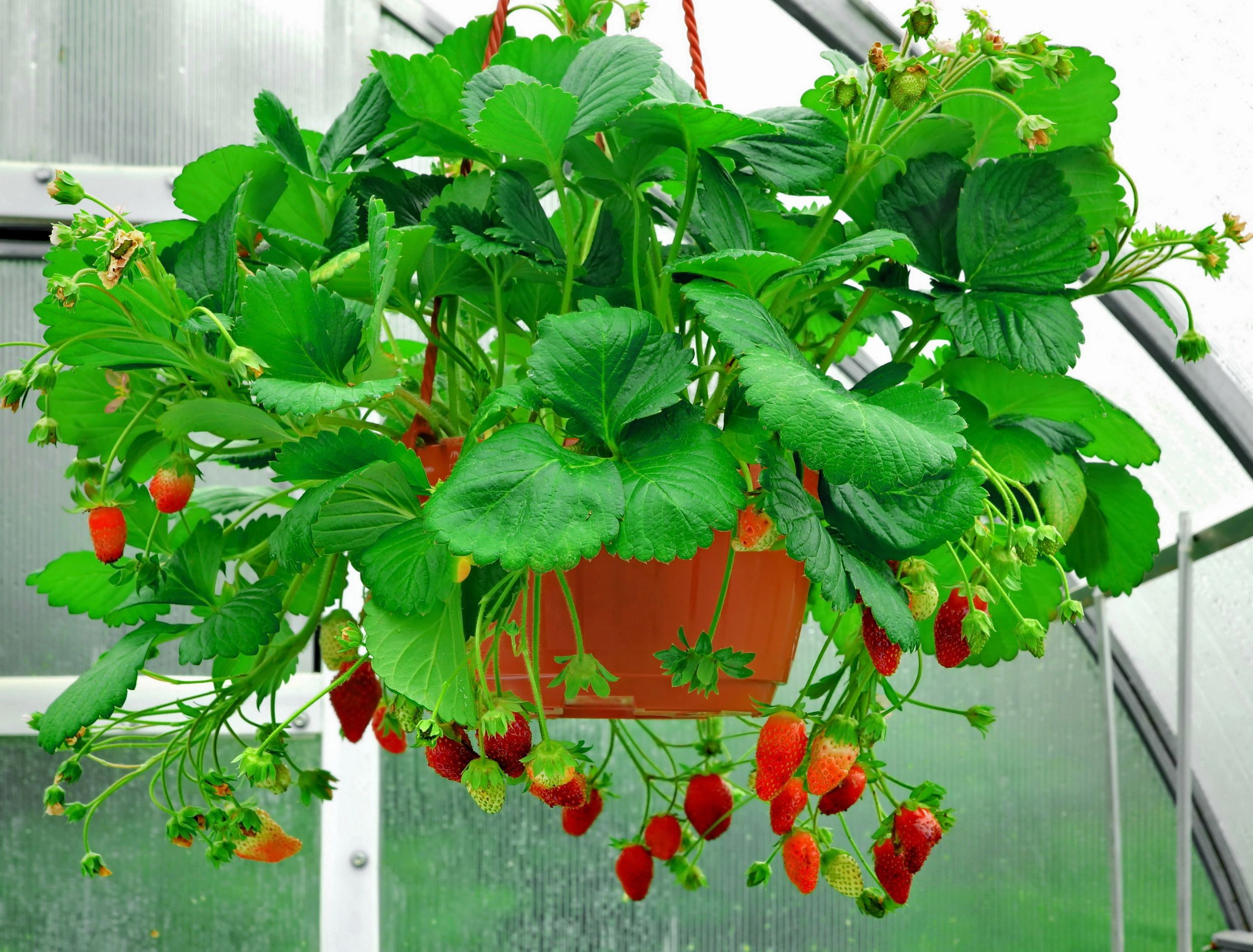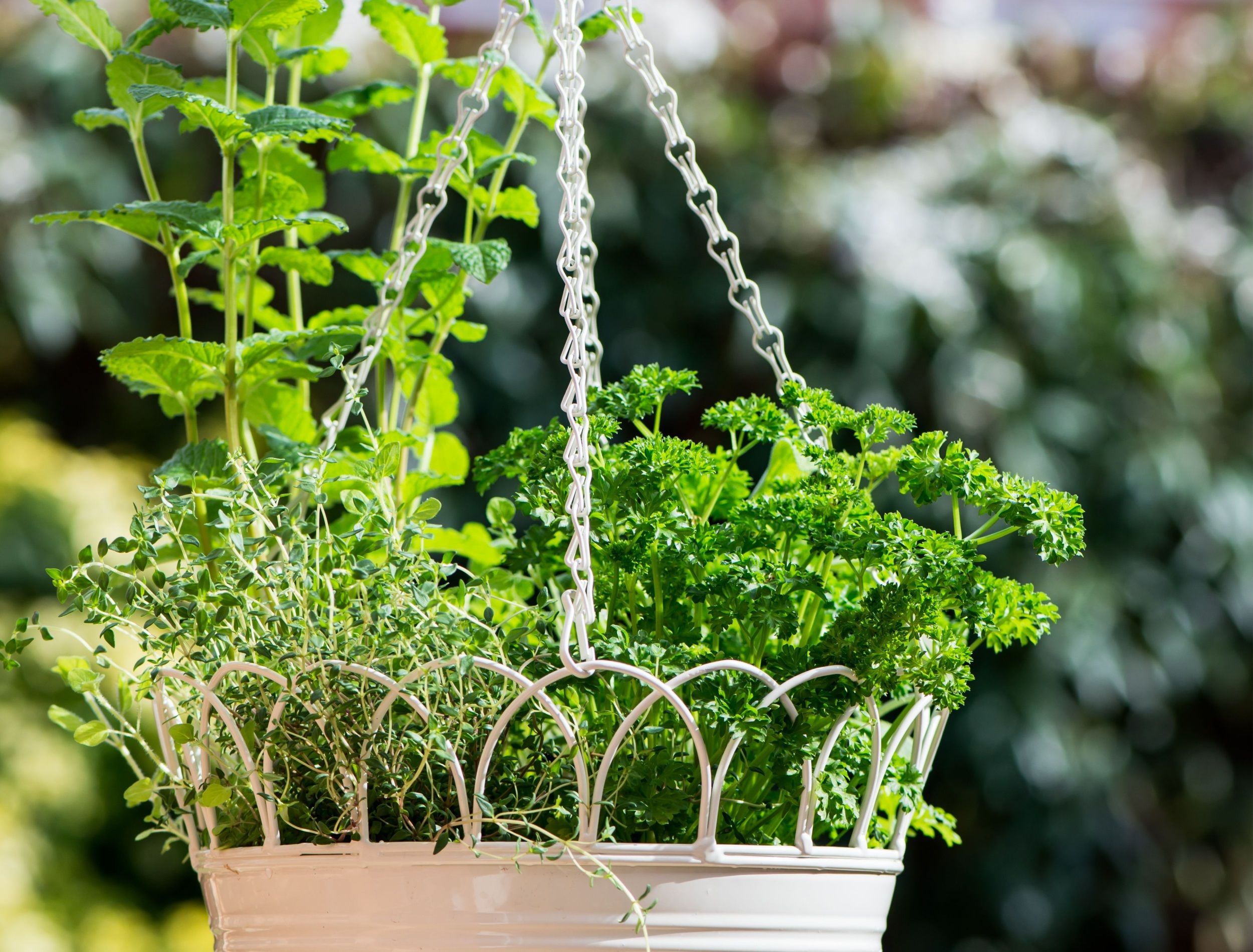Do you love eating fresh, flavorful foods but hate the idea of spending an arm and a leg at the grocery store every week? Growing your own food is a great way to maintain a healthy diet without breaking the bank. Whether you have acres of gardening space outside or just a small balcony on which to work with, there are certain foods that are easy to grow at home, in your own backyard, or patio!
Discover some of the most cost-effective and delicious foods that you can cultivate right in your own backyard (or kitchen!). So, get ready -- it's time to add some homegrown goodness to your meals!
Rhubarb
Image credits: Marcin Jucha via Canva
Growing rhubarb at home is a great way to save some cash and enjoy the unique tart flavor of this hardy vegetable. With just some high-quality soil, sun, and water, you can grow your own rhubarb from crowns bought from garden centers or online nurseries.
The harvesting season runs from March to July, so there's plenty of time to enjoy your crop before cold weather arrives again! Plus, it requires minimal maintenance, making it an ideal vegetable for novice gardeners. Try adding fresh rhubarb to pies and jams for a delicious twist on classic recipes. You can also make your own rhubarb juice, sauces, or even try dehydrating the stalks for a nutrient-packed snack!
Potatoes
Image credits: Viktor Sergeevich via Shutterstock
Potatoes are a staple in many households, but buying them week after week gets expensive. But with a little effort, you can cultivate your own crop of delicious potatoes right in your backyard!
All you need are some seed potatoes, a pot or growing bag, some good quality compost and soil, and a sunny spot.
Start your potatoes in a grow bag or pot but don't plant too many potato seeds -- two is sufficient as they need space to grow and sprout. Find a spot that gets plenty of light, with well-draining soil rich in organic matter or compost. Leave your seed potatoes in the soil for seven to 14 days. The temperature should be approximately 60 to 70 degrees Fahrenheit. Once they have sprouted, cut up the potatoes into 2-inch chunks. Now plant the seed potatoes about 4 to 6 inches deep. Give them tons of sun and water regularly.
In just 10 to 20 weeks, you'll be harvesting your very own homegrown spuds!
Plus, you get to choose from a variety of potato types, like russet, red bliss, or Yukon golds, for endless culinary possibilities. Whether you're baking, mashing, or frying, you'll be sure that your potatoes are fresh and free from pesticides.
Garlic
Image credits: Nick Fewings via Unsplash
Growing garlic at home is an easy and cost-effective way to save money on groceries. With just a few bulbs from the grocery store, some well-draining soil, and access to sunlight for six to eight hours each day, you'll be able to enjoy fresh garlic straight from your own garden!
There are a plethora of ways to grow garlic at home. Plant your bulbs about 3 inches deep in soil and water regularly, or grow garlic in water! Start by placing the garlic bulb at the top of the jar with its roots facing down. The root of the bulb should be in contact with the water. Avoid submerging it fully, as that causes rot. Place your jar in a location that receives at least six hours of sun per day and wait!
Soon enough, you'll be harvesting fresh garlic that's fragrant and delicious. Not only does this save you trips to the store, but it'll also have your dishes are bursting with flavor!
Celery
Image credits: Milada Vigerova via Pexels
Growing your own celery at home is a great way to enjoy pesticide-free, fresh produce. Whether you love adding crunchy celery to salads or appreciate its unique flavor in soups and stews, you can grow this vegetable with a few simple steps.
To get started, take the root end of a store-bought bunch of celery, cut off remaining leaves, and put it in a shallow bowl or cup filled with water. Place it by a windowsill so it gets lots of sunlight. Mist the tops intermittently with some extra water so it doesn't dry out. After about a week, you should see some new growth.
Transfer the root into soil in a pot or grow bag and within a few weeks you'll have freshly grown celery! Enjoy snipping off leaves for salads or soups as needed.
Delicious homegrown celery is not only nutritious, but also very economical!
Tomatoes
Image credits: Production Perig via Shutterstock
Grocery shopping for your favorite vegetables gets expensive, but that doesn't mean you have to give up tomatoes! Growing tomatoes at home saves money and provides you with a delicious addition to your meals. Plus, it's super easy to get started even if you don't have a garden.
Tomatoes thrive in full sun areas, so start by finding the best sunny spot in your yard or balcony. Once you've determined the ideal location, purchase some tomato seedlings, or buy tomato seeds from your local gardening store. Plant them either directly in the soil or in pots, grow bags, or hanging baskets. Keep in mind that tomatoes need lots of water and some fertilizing throughout the season.
To maximize your tomato yield, use a trellis to tie the vine so the plants stay vertical. As the tomatoes ripen, pick them regularly to encourage more production.
Strawberries
Image credits: AVN Photo Lab via Shutterstock
Depending on where you live, strawberries are expensive. Don't sacrifice your favorite snack. Enjoy fresh and delicious strawberries this summer! Growing strawberries at home is a great way to ensure that you are getting the freshest and most flavorful fruits, all while saving money.
When planting your own strawberry plants, give them plenty of sunlight and well-draining soil. Don't overwater them, as too much moisture leads to problems with disease or rot. And don't forget to mulch around the base of each plant. This helps keep weeds away and conserve moisture in the soil.
Strawberries are a significant source of vitamins C, B9, and potassium. They also contain fiber and antioxidants -- so they're as good for you as they are delicious!
Herbs
Image credits: Anna Mente via Shutterstock
Growing your own herbs at home is a great way to add flavor to your dishes without breaking the bank. Not only are you able to save money on grocery bills, but you also get to enjoy fresh, fragrant ingredients all year round! With some basic potting mix and either seeds or cuttings from nursery plants, you can cultivate your very own indoor or outdoor herb garden. Here are some of the most common herbs that you that you can grow at home:
Basil
This popular Italian herb has an intense aroma and works amazingly with pastas and pizzas.
Thyme
This Mediterranean herb has a pungent and fragrant aroma that goes great in stews, casseroles, and soups.
Chives
This hardy perennial is a member of the onion family and has a mild garlic-like flavor. You can use it to garnish salads, scrambled eggs, and more!
Parsley
This classic Italian herb has a unique lemony flavor that works well with fish dishes, pastas, and salads.
Grow Your Grocery List
Growing your own produce at home is a great way to save money on groceries and enjoy fresh, organic food. With the right care and maintenance, you can grow many fruits, vegetables, and herbs from the comfort of your own garden. Rhubarb, potatoes, garlic, celery, tomatoes, strawberries, and herbs are all easy to grow at home -- just make sure they have access to sunlight and water! Start growing today and soon you'll be able to reap the rewards with delicious homegrown meals.
If you have tips or inspiring stories relating to growing your own produce at home, leave a comment below. And share this blog post with family members and friends who are interested in healthy eating and sustainable gardening!

